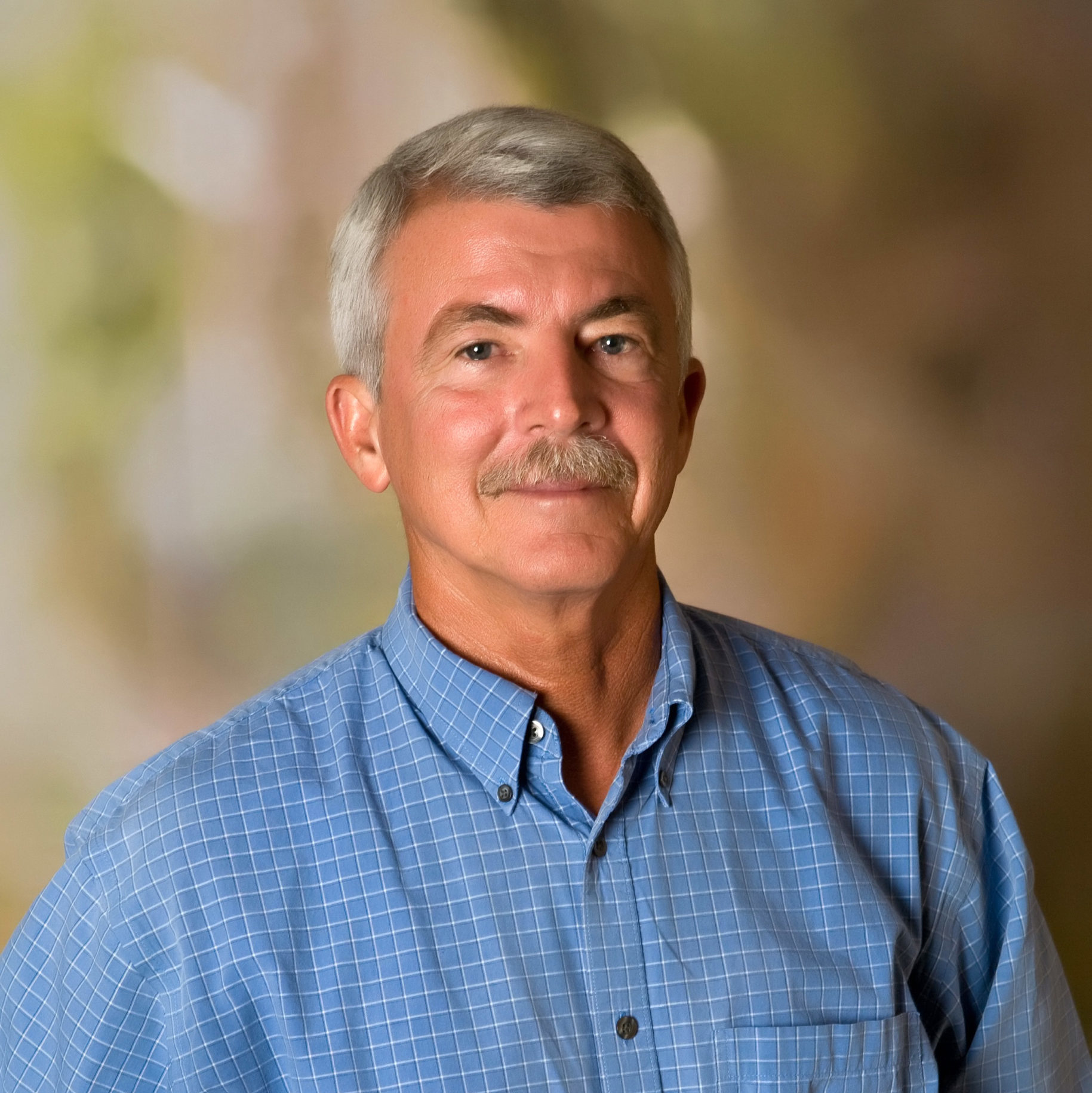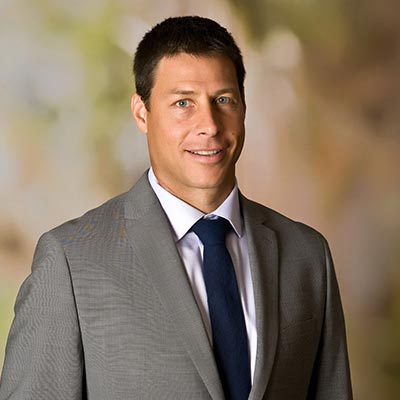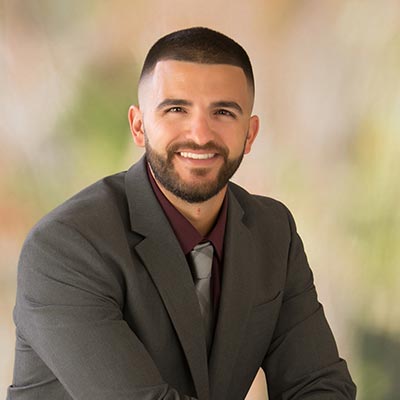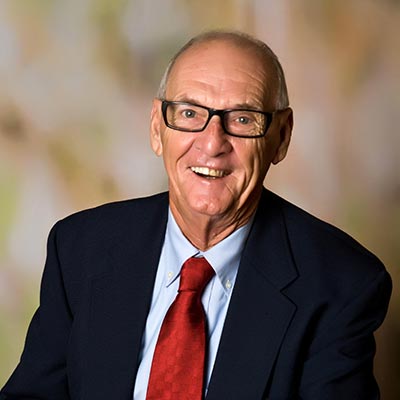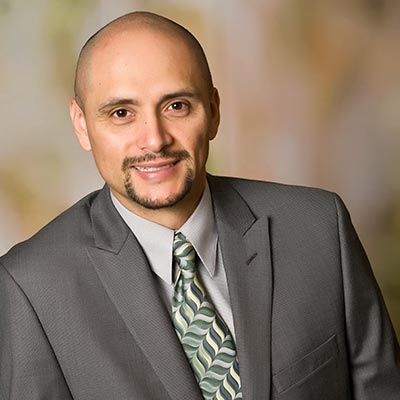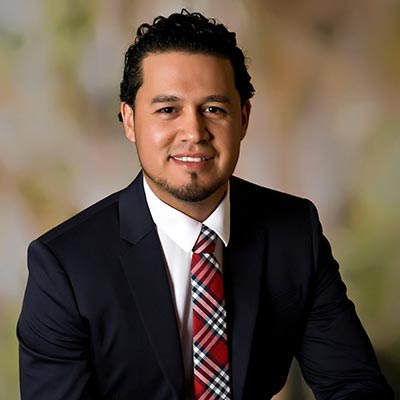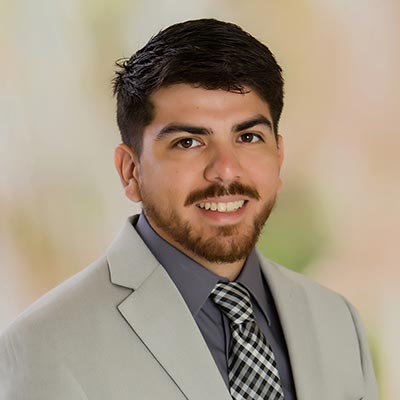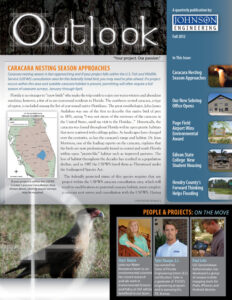 Florida is no stranger to “snow birds” who make the trip south to enjoy our warm winters and abundant sunshine; however, a few of us are year-round residents to Florida. The northern crested caracara, a type of raptor, is included among the list of year round native Floridians. The great ornithologist, John James Audubon was one of the first to describe this native bird of prey in 1831, saying “I was not aware of the existence of the caracara in the United States, until my visit to the Floridas…” Historically, the caracara was found throughout Florida within open prairie habitats that were scattered with cabbage palms. As landscapes have changed over the centuries, so has the caracara’s range and habitat. Dr. Joan Morrison, one of the leading experts on the caracara, explains that the birds are now predominantly found in central and south Florida within open “prairie-like” habitat such as improved pastures. The loss of habitat throughout the decades has resulted in a population decline, and in 1987 the USFWS listed them as Threatened under the Endangered Species Act.
Florida is no stranger to “snow birds” who make the trip south to enjoy our warm winters and abundant sunshine; however, a few of us are year-round residents to Florida. The northern crested caracara, a type of raptor, is included among the list of year round native Floridians. The great ornithologist, John James Audubon was one of the first to describe this native bird of prey in 1831, saying “I was not aware of the existence of the caracara in the United States, until my visit to the Floridas…” Historically, the caracara was found throughout Florida within open prairie habitats that were scattered with cabbage palms. As landscapes have changed over the centuries, so has the caracara’s range and habitat. Dr. Joan Morrison, one of the leading experts on the caracara, explains that the birds are now predominantly found in central and south Florida within open “prairie-like” habitat such as improved pastures. The loss of habitat throughout the decades has resulted in a population decline, and in 1987 the USFWS listed them as Threatened under the Endangered Species Act.
The federally protected status of this species requires that any project within the USFWS caracara consultation area, which will result in modifications to potential caracara habitat, must complete a caracara nest survey and consultation with the USFWS. Having a project that falls within these parameters; however, does not have to mean either the project will impact the caracara or the caracara will impact the project. By simply planning ahead you may help to avoid both impacts to the caracara and costly delays for your project. If you think your project may require special considerations for the caracara and the project is scheduled to begin within the next two years, it will be important to begin caracara surveys this January, in order to adequately meet federal requirements.
Johnson Engineering’s environmental team has been providing caracara monitoring services since 1995. We have worked closely with Dr. Joan Morrison and, subsequently, with dozens of clients throughout Florida. Our ecologists have surveyed nearly 80,000 acres of Florida lands, and have collectively logged more than 5,000 monitoring hours.
Our team has developed a unique geospatial analysis approach that increases the effectiveness of surveys thereby decreasing the amount of time spent locating nests, which ultimately results in a major cost savings for our clients. We begin by reviewing our Geographic Information System (GIS) database of caracara nest locations and observations throughout the state; this database is compiled with not only publically available information, but decades of data collected in house, as well as data provided by private researchers. We then conduct a GIS habitat analysis that is customized to your project. By utilizing GIS software and the most recent scientifically based research for the species, we are able to quantify the quality of habitat and estimate the approximate size of the caracara territory within a survey area. These initial exercises allow us to focus our search efforts and decrease the amount of time spent locating a nest. Our unique approach does not end with the desktop analysis. We utilize GIS field equipment during surveys to document all caracara observations, recording flight patterns, behavior, and time for each record. This data is maintained in a GIS geodatabase and is then analyzed for trends, which allows for a greater focus of search efforts and subsequent identification of the nest.
This is yet another example of how our team cross-utilizes the various disciplines we have under one roof to increase our efficiency performing caracara surveys, translating into a cost savings for our clients.
For more information on caracara surveys, contact ecologist Sarah Webber at [email protected].







